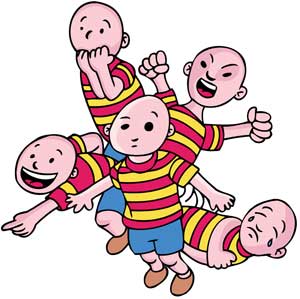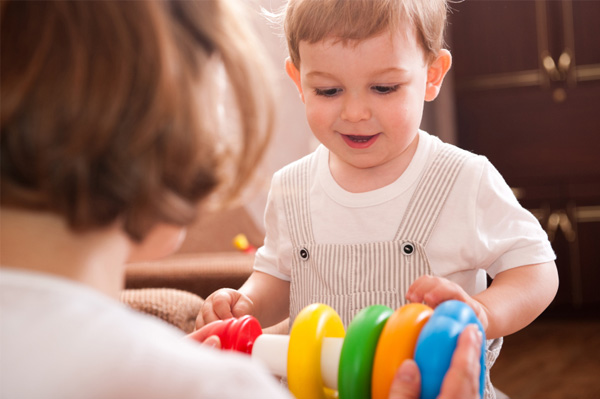PROCEDURES FOR MEASURING BEHAVIOR
 A method of evaluating a person’s behavior that provides us with a very precise picture of its regularity or severity is “behavioral recording”.
A method of evaluating a person’s behavior that provides us with a very precise picture of its regularity or severity is “behavioral recording”.
There are several methods of recording behavior such as :
Event Recording includes a wide variety of procedures for detecting and recording the number of times a behavior of interest occurs. Event recording has couple of devices to record events besides pencil and paper. Wrist counters, hand-tally digital counters, abacus wrist and shoestring counters, masking tape, pennies, buttons, paper clips, and pocket calculators (Cooper, Heron, & Heward, 2007).
Frequency recording is a simple counting of how many times a behavior occurs during a designated period of time. Those designated periods might be a minute, an hour, a day, or a week. This method is one of the most widely used measure in ABA (Cooper, Heron, & Heward, 2007).
Duration recording monitors the percent of time that a behavior occurs during the observation period, or it can be used to calculate the average time of display for the number of times that the student showed the behavior. Duration is important when measuring the amount of time a person engages in the target behavior (Cooper, Heron, & Heward, 2007).
Interval recording is a shortcut procedure for estimating the duration of a behavior. During this method, the observer periodically looks at the client at predetermined intervals and records whether the behavior is occurring (Cooper, Heron, & Heward, 2007).
There are three types of interval recording. Whole Interval Recording, Partial Interval recording, and Momentary Time Sampling.
- During whole interval time sampling, the person is being observed for a few seconds atdesignated intervals and notice whether the behavior occurs for the whole interval that the observer is looking for it .
- During partial interval recording, we pay attention whether the behavior occurred at least once during the short observation interval.
- Duringmomentary time sampling, we pay attention at pre-designated points and notice whether the behavior is occurring at that precise moment (Cooper, Heron, & Heward, 2007).
Measuring behavior after it has occurred by measuring the effects that the behavior produced on the environment is known as measurement by permanent product. Permanent products can be natural or contrived outcomes of the behavior.



